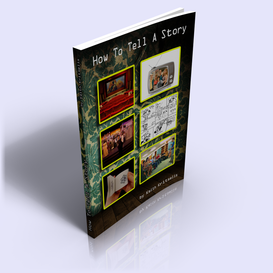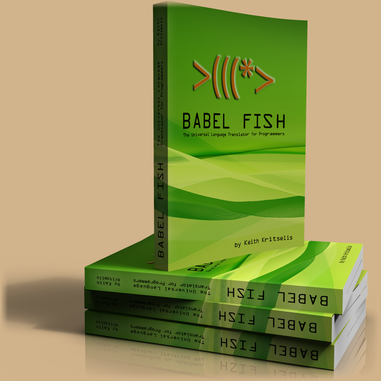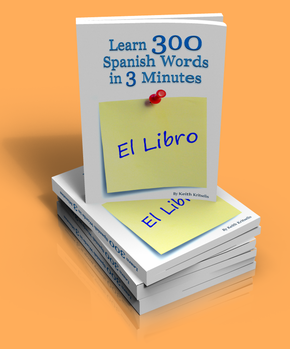How to tell a story

It would focus on the three-act structure and go into the basics about each act, plot points, and how to create a satisfying story arc.
A fun feature would be to take popular children's stories and movies(fairy tale, superhero, animated adventure, etc.) and show how they fit into the structure by creating color bands that weave through each page of the book. Each band would contain a complete story when read from front to back and each part of the story would be on each page where the story structure section is being introduced.



 RSS Feed
RSS Feed
